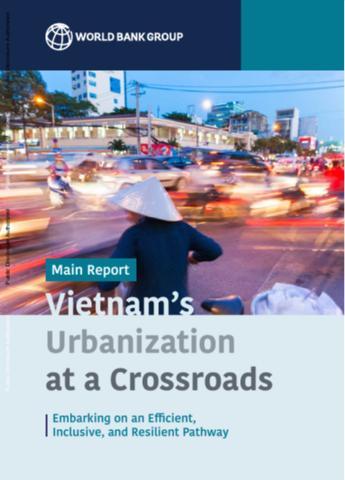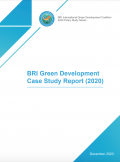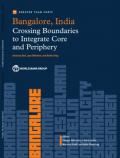
Since the launch of the Đổi Mới (economic renovation) reforms in 1986, Vietnam has successfully transformed its economy. Real GDP per capita growth has averaged 5.5 percent a year since 1990, with the result that real GDP per capita has more than quadrupled. In addition to being rapid, Vietnam’s growth has been stable—the volatility in annual GDP growth per capita over 1991–2014 was among the lowest in the world. The impact on poverty reduction in Vietnam has been even more pronounced. Per capita income of the bottom 40 percent has grown by 9 percent a year since the early 1990s. Based on the global poverty line of 1.90 Dollars a day, the poverty rate declined steeply, from 50 percent in the early 1990s to just 3 percent in 2012.
The decades of rapid economic growth in Vietnam have been accompanied by urbanization and spatial transformation. In 1986 fewer than 13 million residents, or 20 percent of Vietnam’s population, lived in areas officially classified as urban. By 2017 that number had grown to 30 million, or 35 percent of the population, with urban areas contributing over half of national GDP. From 2009 to 2014, the average annual population growth rate in urban areas was a brisk 3.3 percent (General Statistics Office of Vietnam, 2016). The urbanization process has been associated with the movement of workers and their households from rural areas to urban areas and workers in the agriculture sector to the industrial and service sectors in urban centers. It has also been associated with natural population growth in urban areas. In dealing with urbanization, the country has mounted an impressive record of keeping rural–urban and regional disparities in check through the promotion of rural industrialization and central transfers aimed at poorer areas. These transfers have allowed the expansion of basic services and infrastructure.
The recommendations in this report have three layers: two policy principles, two overarching strategies, and three areas of policy actions. The two policy principles are (1) fostering positive agglomeration economies and better managing the negative congestion forces in leading urban centers and (2) promoting regional integration to boost labor mobility and, more generally, factor mobility, thereby fostering agglomeration in the right places (both overall and within each tier). These two policy principles should be supported by two overarching strategies: (1) ensuring universal access to quality education, health, and other basic services and (2) adopting a spatially differentiated strategy. In the long run, regional integration connects people and firms in poorer areas with those in richer ones through enhanced migration flows and better connectivity, counteracting regional divergence.



